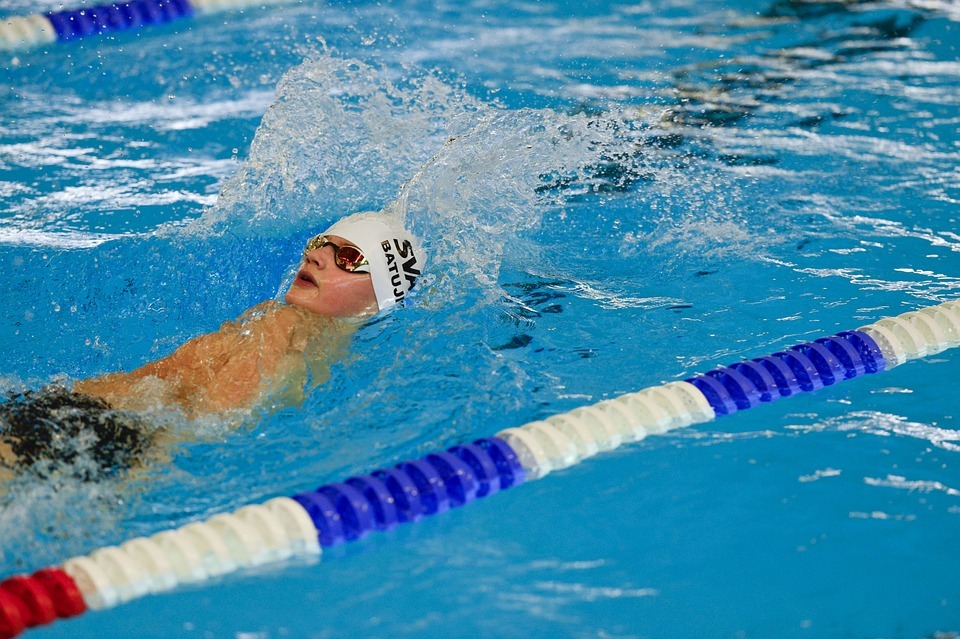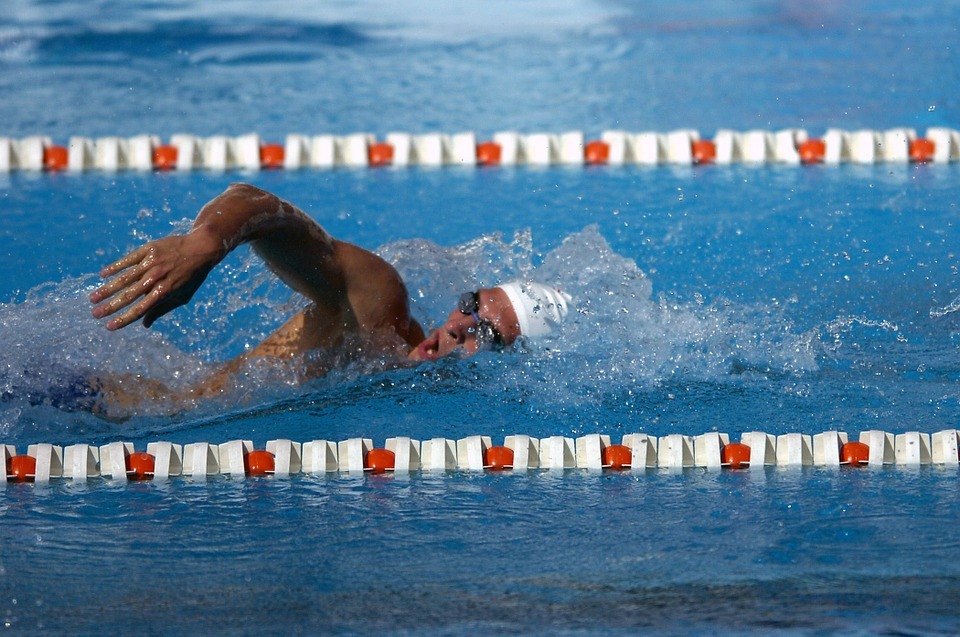So You Want to increase your Swimming Speed?
We all know the secret to success: Practice, practice, practice. Time in the pool, developing technique, and increasing fitness are all essential ingredients in swimming faster. But the phrase "work smarter, not harder" is the secret sauce in taking your swim to the next level.
You Don’t Know What You Don’t Know
Here’s the thing you need to keep in mind: you don't know what you don't know. What does that mean for swimmers hoping to get faster? It means that one of the keys to getting faster is developing and refining your technique. Unfortunately, technique is not just something that comes intuitively. You can’t just “figure it out.” It takes work, but more importantly, it takes instruction. And if your technique is off or you’re missing a component, you won’t get faster no matter how hard you practice. In my opinion, wrong practice is worse than no practice because it develops bad habits.
So if you really want to get faster, you need to practice smarter, not harder. And the best way to practice smarter? Sign on with a technique coach orprivate swim instructor who can tell you where your stroke is off and how to fix it. Now I don't want to give away all the spoilers, but here five crucial skills your coach will emphasize to help you become a faster swimmer:
1) Rhythm
No matter the stroke, no matter the distance, there is a very real rhythm to swimming. Have you ever watched professionals swim, like at the Olympics? Notice how nothing about their stroke is jerky, everything seems synchronized, and they seem to swim to a beat as if they were a metronome. That’s rhythm.
Rhythm is composed of timing the various movements of your body at a consistent and regular pace. Your arms pulling through the water, your legs creating powerful kicks, your head position and breathing frequency (see below) are all part of getting the right rhythm. Everything should move as one. Like in butterfly, you should be having two kicks, a smaller and a larger, for every arm pull. Getting the timing right of when to kick during your pull is difficult. But then consistently maintaining that timing for 200 yards is even more so. Whatever the stroke, whatever the distance, you need to practice finding the right rhythm- it improves the efficiency of your movements and drains less energy. That makes you go faster for longer.
2) Rotation
Another key is learning how to properly rotate your body. For backstroke and freestyle you should be rotating along the “long axis” or imaginary line that runs from the top of your head down between the heels of your two feet. For example, when you are pulling an arm stroke with your right arm, you should almost feel like you’re laying on your right side. When your left arm is pulling, you should be almost lying on your left side. So how did you get from your right side to your left side? You rotated (while maintaining rhythm!) to optimize your stroke. This makes you both more hydrodynamic (decreasing the water’s resistance on your body) and enables more powerful arms strokes. The result? A faster swim.
For breaststroke and butterfly, you rotate on the line running across your stomach at the tops of your hips or belly button, the “short axis.” Learning the proper feel and rotation for these strokes is one of the best ways to get faster.
3) Breathing Control
Another tip to help you get faster is controlling your breathing. For something like backstroke, this is less of an issue, but breathing becomes very important for the other strokes at any distance. Generally, you want to find a breath count that fits the distance you're swimming. For example, when I raced the 50 yard freestyle sprint, I only allowed myself to breathe twice during the entire race. But for something like a 200 yard freestyle race, I would breathe every seven strokes. For butterfly, I only allowed myself to breathe three times during a sprint or every three to four strokes for a longer distance race. Discipline yourself to find a breath count and stick to it. There are plenty of drills to help you develop better breath capacity so start trying to wean yourself off of breathing every few strokes.
4) Stop Relying On Your Arms
This is one of my favorite tips. Far too many swimmers think their speed and power comes from their arms pulling through the water. If you want to get faster, you need to stop relying so much on your arms. My old coach used to claim the only reason we used arms was to keep our heads afloat so that the legs could power us forward. Imagine a motor boat: Where is the engine and propeller that pushes the boat forward? In the rear. Be that metaphor: your legs should be the engine of power you most rely on to deliver speed. Don’t get me wrong, arms are super important too, but improving the strength and power of your kicks will help you swim faster in a way your arms can only dream of. So if you think you’re kicking hard, I guarantee you can kick harder. Use more kicks!
5) Learn how to build a proper workout
This less conventional tip has less to do with the actual swim movements and more about learning how to make sure you are giving yourself the proper opportunity to practice and improve those movements. You need to learn how to build and balance a swim workout. Again, this is where having a private coach or instructor is a great asset. But generally, a good workout is not hard to develop.
The most important part of your workout is your warm up and your cool down. No joke. Nothing is a better use of your time in the pool than making sure you properly warm up and get loose before your exercise and then properly relax your muscles afterwards. But here’s something most people don’t think about; your warm up and cool down are great litmus tests to see if your stroke development is improving. Swimming is all about muscle memory, the habit of those movements. You want the correct way of moving through the water to be the defaultway, the way that feels most natural to you. Ideally, you don’t want to have to even consciously think about whether or not your technique is on point. It should be reflexive and habitual. The best place to test that habit? Your warm up and cool down. If you are completing an entire workout and still maintaining proper technique during a cool down, you’re in a good place. You’ll have all the time in between warm up and cool downs to run drills, focus onfitness, and refine technique. But those components of a work out aren’t as important as how you start and finish your swim.
Conclusion
Like I said, the best way to incorporate these tips to getting faster is to implement them under the instruction of a private coach or instructor. Your nearest Sunsational instructor is one such qualified and committed professional. While recording yourself or having another swimmer watch and critique your technique can be helpful, there is no substitute for an experienced private instructor who can help you take your swimming to the next level.
ABOUT SUNSATIONAL SWIM SCHOOL
Sunsational Swim School is the 🥇 #1 rated provider of private, at-home swimming lessons in America. We have specialized swim instructors for students ages 6 months to adult, beginner to advanced. Featured on ABC, CBS, Impact 100, The List and others, Sunsational instructors have a minimum of 2 years of teaching experience, are CPR certified and insured, and have collectively taught over 302,223 lessons for more than 74,415 students nationwide!




